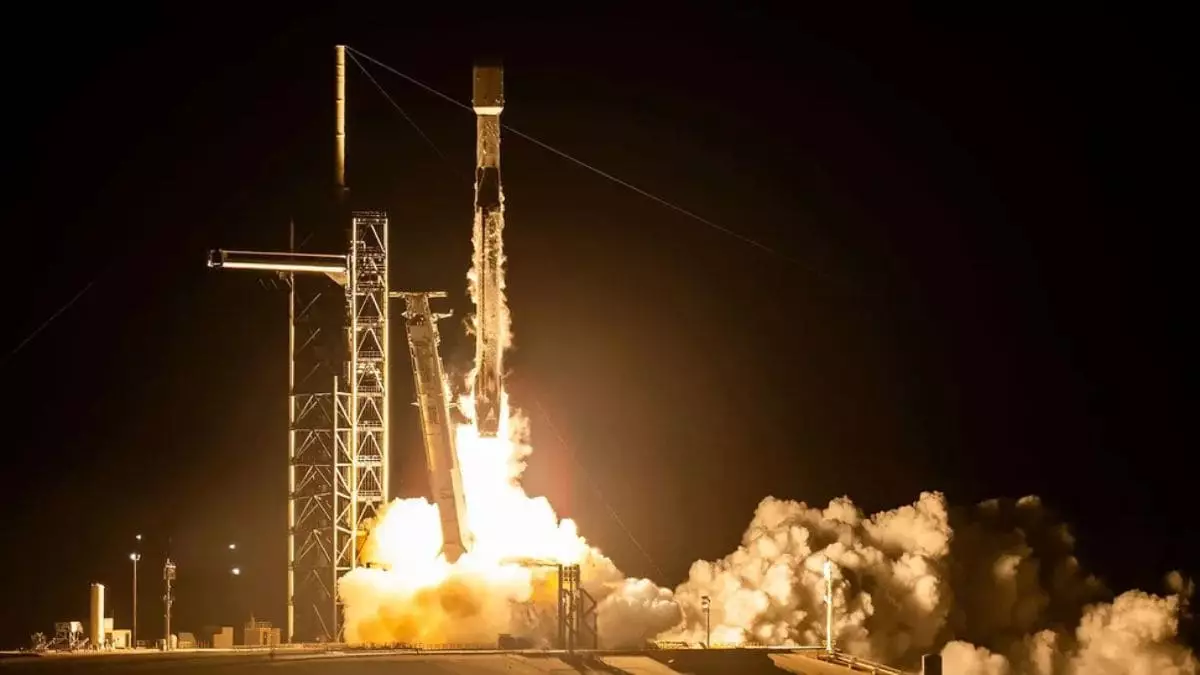Imagine standing at the forefront of the greatest technological revolution of our time, as we shift our gaze from Earth to the stars, spearheaded by the relentless ambition of companies like SpaceX. By 2025, SpaceX is poised to set a jaw-dropping record of launching a staggering 170 orbital missions in a single year, an endeavor that can only be described as audacious. This pace, approaching a launch nearly every other day, not only aims to eclipse the previous record of 134 launches but represents a pivotal shift in how we perceive space access. This isn’t just about breaking records; it’s about redefining the very fabric of space exploration as a regular human activity.
The Method Behind the Madness
Anne Mason, SpaceX’s Director of National Security Space Launch, heralds this goal not merely as a numerical target but as an emblem of operational efficiency. Consider that just three years ago in 2020, SpaceX managed only 25 launches—a mere two per month. This meteoric rise to near-daily launches is a testament to the groundbreaking advancements in reusability and rocket technology. The cornerstone of this acceleration is the Falcon rocket series, with the Falcon 9 leading the charge for 132 out of 134 launches last year. The emphasis on reusability is a game changer, allowing missions to be conducted at significantly lower costs while maintaining a level of reliability that is reshaping the aerospace industry.
Challenges Beneath the Surface
Yet, touting ambitious launch targets raises concerns that demand scrutiny. The necessity for such a rapid increase—going from a monthly average of 0.43 launches to 0.47—invites skepticism about whether operational integrity can be consistently maintained. This ambitious push, coupled with the staggering reliance on the Falcon upper stage produced every two and a half days, forces us to question the sustainability of such a model. Space Badlands’ commercial endeavors overshadow the looming specter of space debris and regulatory challenges. Are we prepared to tackle the environmental implications of countless satellites orbiting our planet?
The Social Implications of Spaceflight
Moreover, as two-thirds of SpaceX’s flights in 2024 supported the Starlink internet constellation, we must critically examine the societal ramifications of a sky filled with satellites. Is humanity ready to become accustomed to turning our collective gaze upwards, not just in wonder but in routine? The commodification of space raises ethical dilemmas about access—will space become the domain of the privileged few, locked behind paywalls for Internet access? Amid this bright future, we risk deepening the digital divide if only a fraction of the population can benefit from the galactic resources now within reach.
A New Era of Dominance
Despite these profound questions, the clock is ticking as SpaceX marches toward its goal. The company’s dominance in the commercial and government sectors reflects a broader shift in our understanding of what spaceflight can deliver. Mason attributes this prowess not only to technological innovation but to a dedicated team committed to a shared vision. While the future of space travel appears brighter than ever, I argue that we must wield this power responsibly. The ambitious goals set by SpaceX represent not just the triumph of engineering but a mirror reflecting our values as a society on the brink of a galactic leap.

Leave a Reply